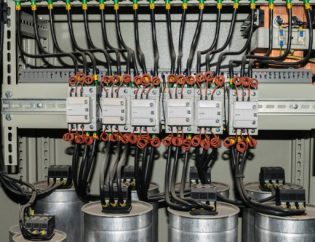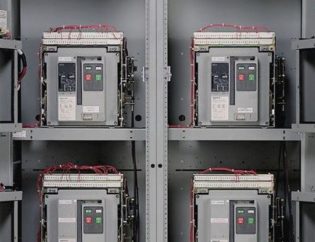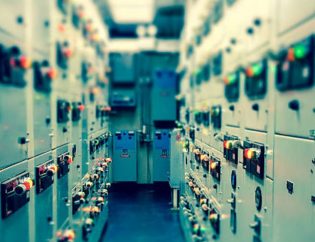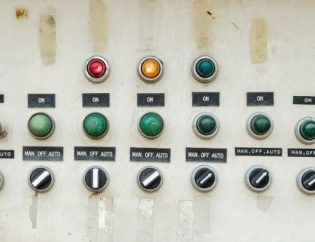Introduction
When it comes to ensuring uninterrupted power supply during outages, an automatic transfer switch (ATS) plays a crucial role. However, not all ATSs are created equal, and choosing the right one for your needs is essential. In this blog, we will guide you through the process of selecting the perfect ATS, considering factors such as power requirements, residential or commercial considerations, advanced features, budget, and seeking professional guidance.
Understanding Automatic Transfer Switches
Before delving into the selection process, it’s important to have a clear understanding of what an automatic transfer switch is and how it functions. An ATS is a device that monitors the power supply from the utility grid and a backup generator. When a power outage occurs, the ATS automatically transfers the load from the grid to the generator, ensuring uninterrupted power. ATSs can be open-transition (brief interruption during transfer) or closed-transition (seamless transfer).
Assessing Your Power Needs
To determine the appropriate ATS, you need to assess your power requirements during normal operation and identify critical systems and appliances that require uninterrupted power. Consider the maximum load and voltage requirements, as well as the required number of phases for your application.
Considerations for Residential ATS
For residential applications, several factors come into play. Determine the capacity required for your home ATS, ensuring it matches your electrical panel and generator capacity. Take into account the size and type of generator you have and adhere to safety considerations and electrical codes.
Considerations for Commercial/Industrial ATS
In a commercial or industrial setting, the power needs are usually more complex. Assess the power requirements of your business or facility, including load calculations and future expansion plans. Coordinate with utility power requirements and synchronization, and ensure compliance with specific industry standards and regulations.
Advanced Features and Optional Add-ons
ATSs come with various advanced features and optional add-ons. Consider the transfer switch control options, such as manual, automatic, or remote control. Look for load shedding and prioritization capabilities to manage critical loads effectively. Surge protection and voltage regulation features are essential for safeguarding sensitive equipment. Additionally, monitoring and reporting functions help keep track of power status and diagnose any issues that may arise.
Budget Considerations
Budget plays a significant role in ATS selection. Understand the cost factors associated with different ATS options, including upfront investment, long-term benefits, maintenance, and warranty costs. It’s important to strike a balance between affordability and quality to ensure a reliable power transfer solution.
Seeking Professional Guidance
Choosing the right ATS can be a complex task, especially for those without technical expertise. Consulting with an electrical contractor or ATS specialist is highly recommended. They can assist with load calculations, system design, and provide valuable insights into product options that best suit your needs. Requesting quotes and comparing product features will also help you make an informed decision.
Finalizing Your Decision
When finalizing your ATS selection, carefully review product specifications and performance data. Take the time to read customer reviews and testimonials to gain insights from others who have used the ATS you are considering. By considering all the factors discussed in this blog, you can confidently choose the right ATS that meets your power requirements.
Conclusion
Choosing the right automatic transfer switch is crucial to ensure uninterrupted power supply during outages. By understanding your power needs, considering residential or commercial considerations, evaluating advanced features, budgeting wisely, and seeking professional guidance, you can make an informed decision. Remember, investing in a high-quality ATS tailored to your needs will provide peace of mind and reliable power transfer capabilities.
By following these guidelines, you can confidently choose an ATS that will seamlessly switch between utility power and backup generators, keeping your critical systems and appliances running smoothly, regardless of power disruptions.










